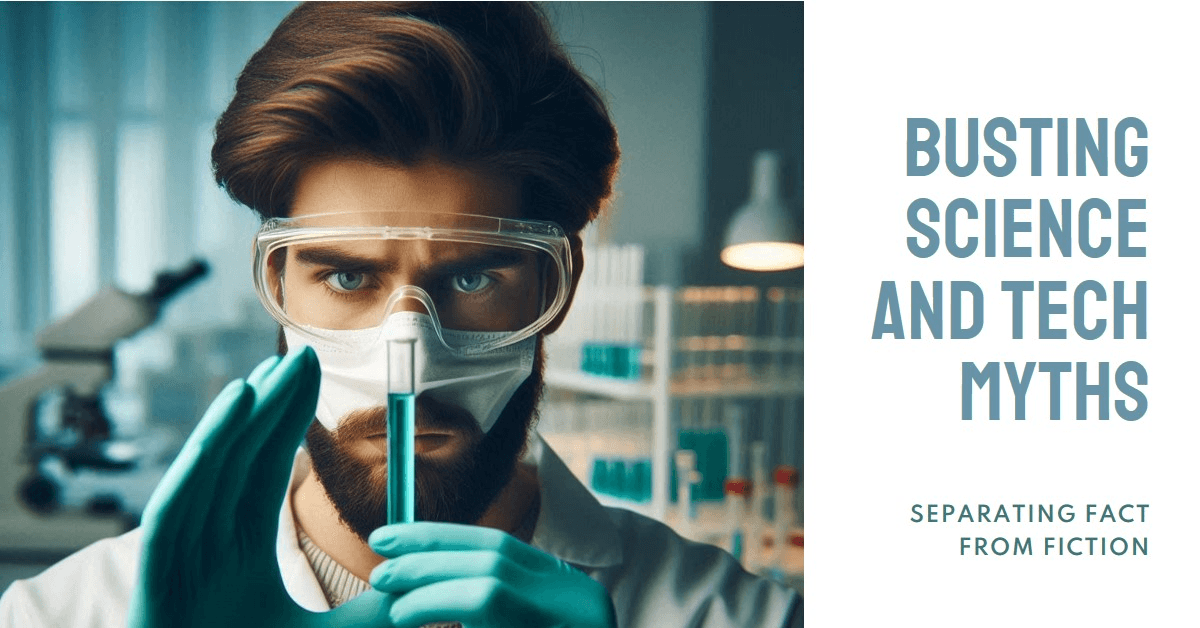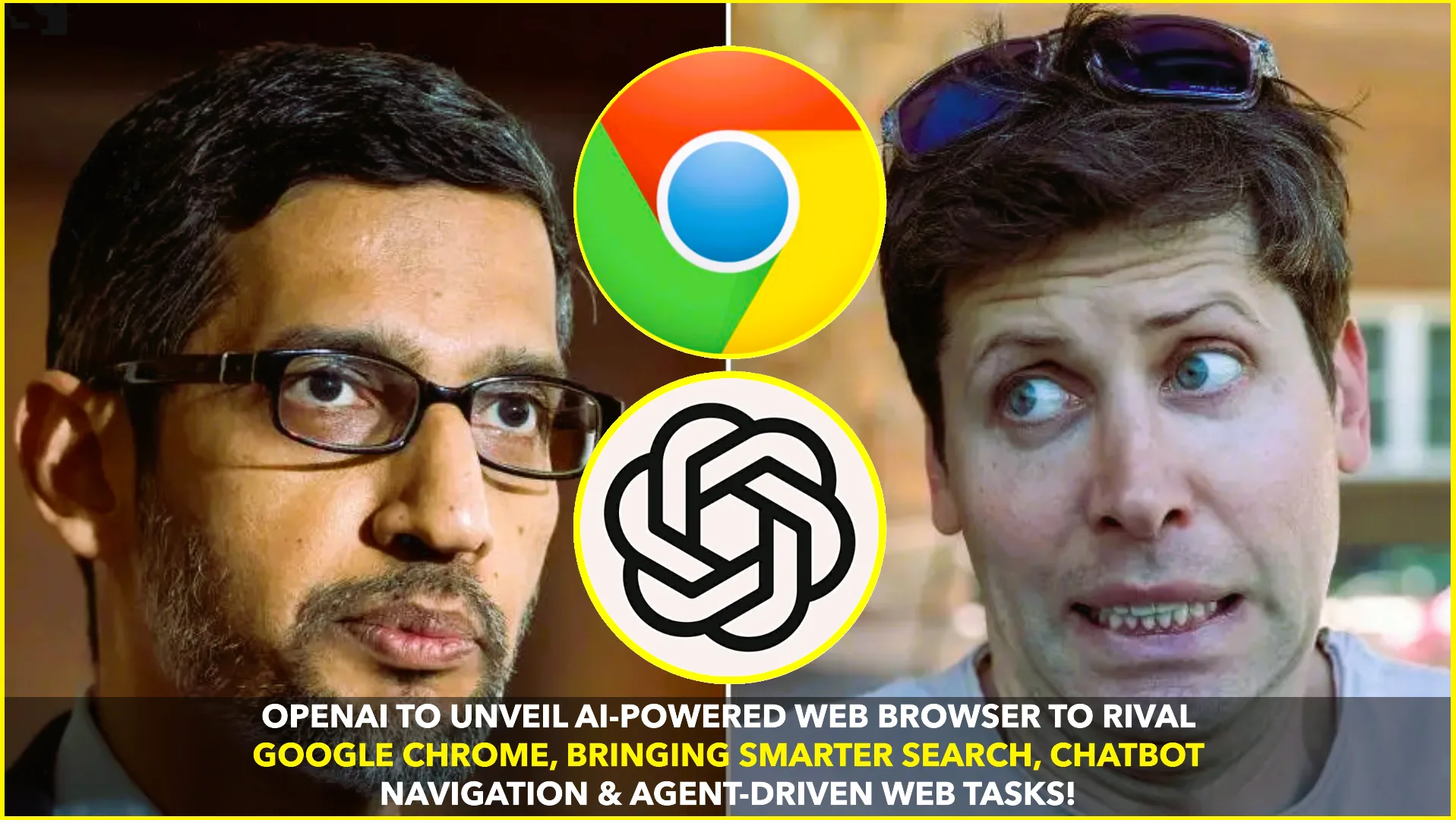Science and technology have shaped the modern world in countless ways, but with their rapid advancement comes a host of myths and misconceptions. These myths often arise from misunderstandings, misinterpretations of scientific facts, or simply from outdated information that continues to be passed around. In this article, we will explore and debunk some of the most common myths about science and technology that many people still believe.
Myth 1: Humans Only Use 10% of Their Brain
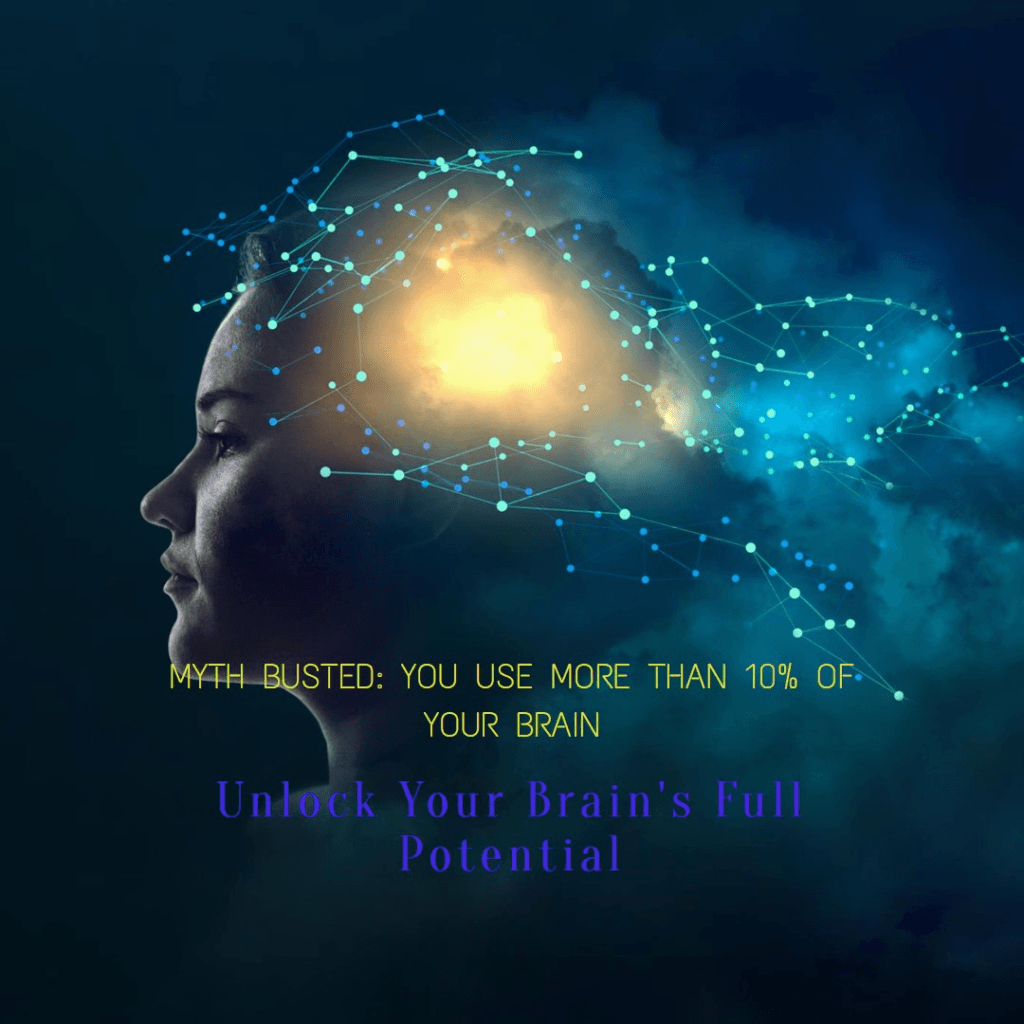
One of the most pervasive myths in popular culture is that humans only use 10% of their brains. This idea has been perpetuated by movies, books, and even well-meaning individuals who believe it holds some deep, hidden truth. However, this claim is completely false.
The Reality:
Neuroscience research has shown that we use virtually every part of our brain, and most of the brain is active almost all the time. Different parts of the brain are responsible for different functions, such as motor control, sensory processing, thinking, and memory. Brain imaging techniques, like fMRI and PET scans, reveal that even during sleep, our brains remain active, controlling essential functions such as breathing, heart rate, and processing information. The idea that we only use 10% of our brains is nothing more than a myth.
Myth 2: Mobile Phone Radiation Causes Cancer
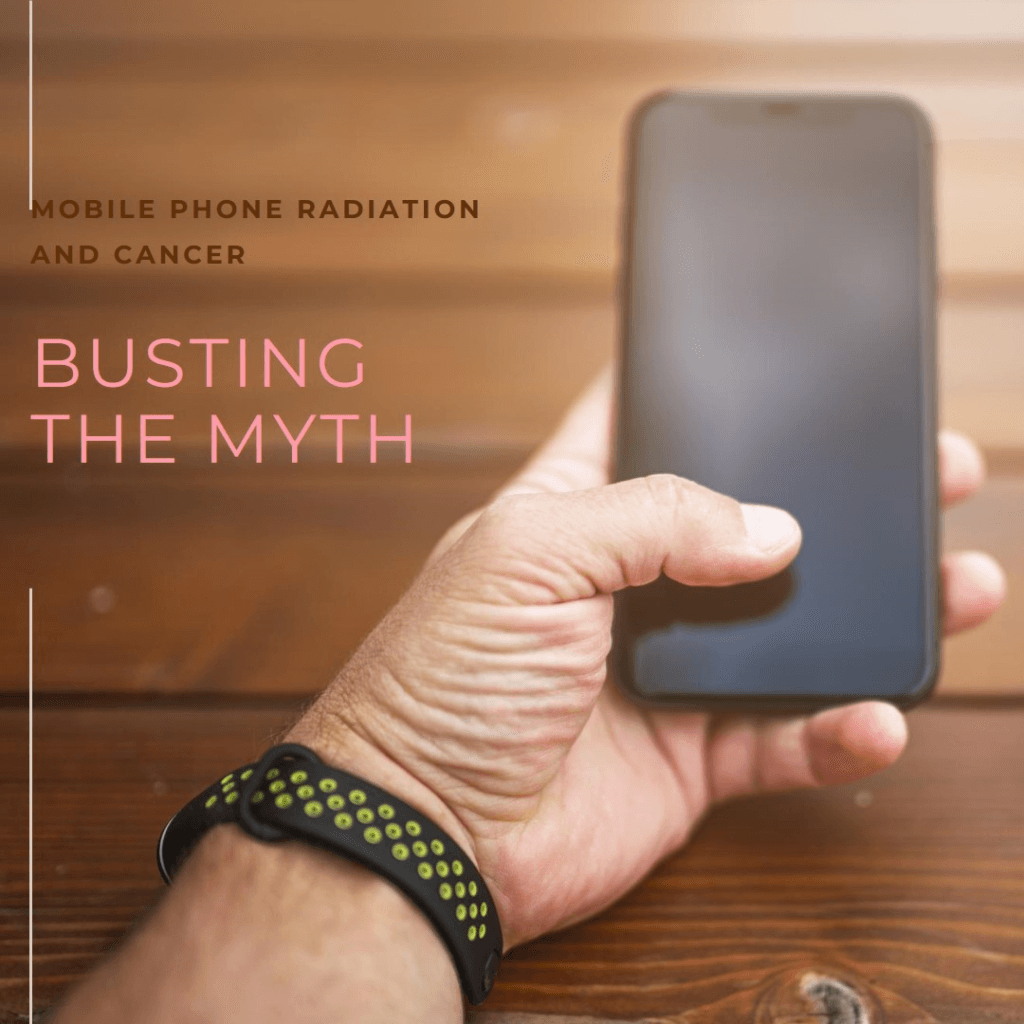
With the ubiquity of mobile phones, concerns about their safety have been widespread. A common myth is that the radiation emitted by mobile phones can cause cancer, particularly brain tumors. This fear has led to many people worrying about their long-term use of mobile devices.
The Reality:
Mobile phones do emit radiation, but it’s a type of non-ionizing radiation, which is not strong enough to damage the DNA in our cells or cause cancer. Numerous studies have been conducted to explore any potential link between mobile phone use and cancer, but no consistent evidence has been found to support the claim that mobile phone radiation causes cancer. Regulatory bodies like the World Health Organization (WHO) and the American Cancer Society continue to monitor research on this topic, but as of now, there’s no conclusive evidence linking mobile phone use to cancer.
Myth 3: Sound Cannot Be Heard in Space
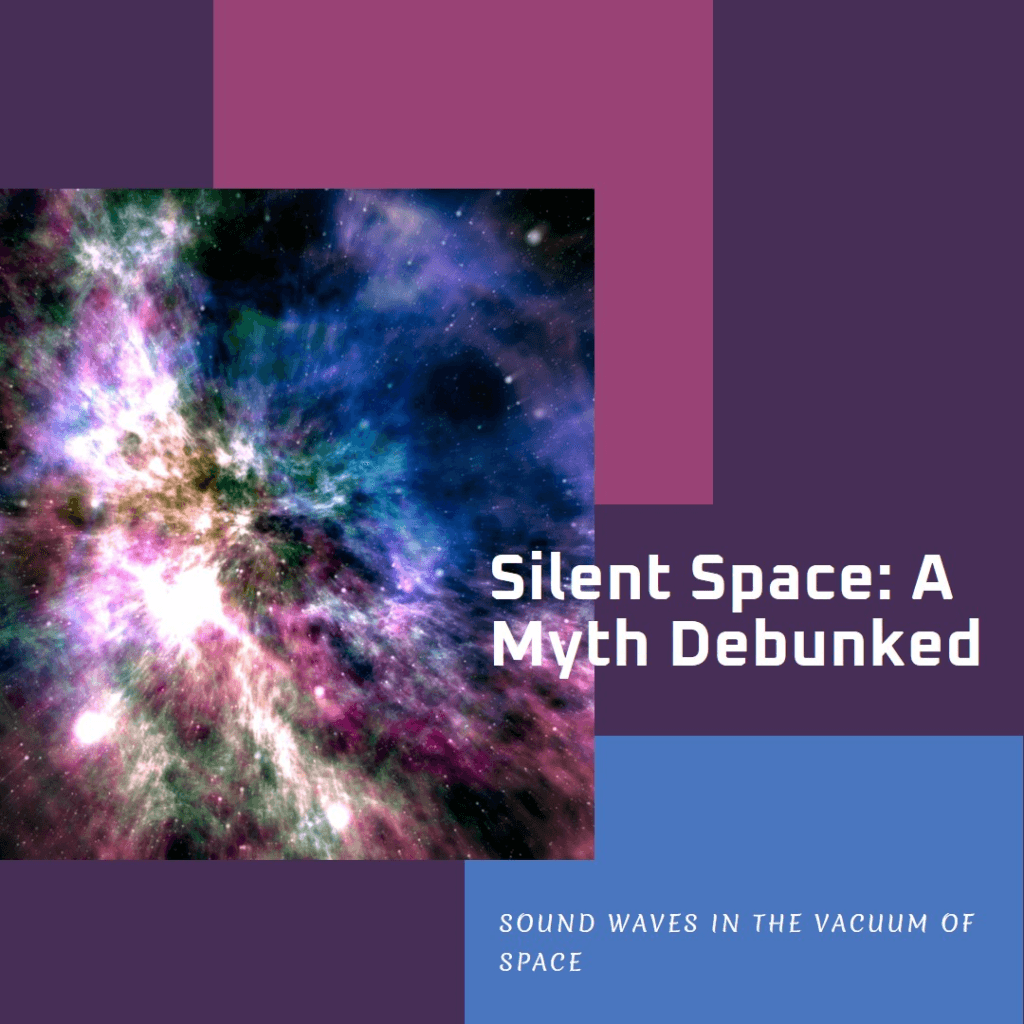
Many sci-fi movies and shows depict outer space as a silent, eerie void where no sound can be heard. While this portrayal adds to the dramatic effect, it has led to the widespread belief that sound cannot travel in space.
The Reality:
This myth is actually true. Sound is a mechanical wave that requires a medium (such as air, water, or solids) to travel through. In the vacuum of space, there is no medium for sound waves to propagate, so sound cannot be heard. However, this doesn’t mean space is completely silent. Astronauts inside spacecraft or space stations can hear sounds transmitted through the structure of the spacecraft itself, but in the vast emptiness of space, there’s no medium for sound to travel, making it a silent environment.
Myth 4: Technology is Eliminating Jobs
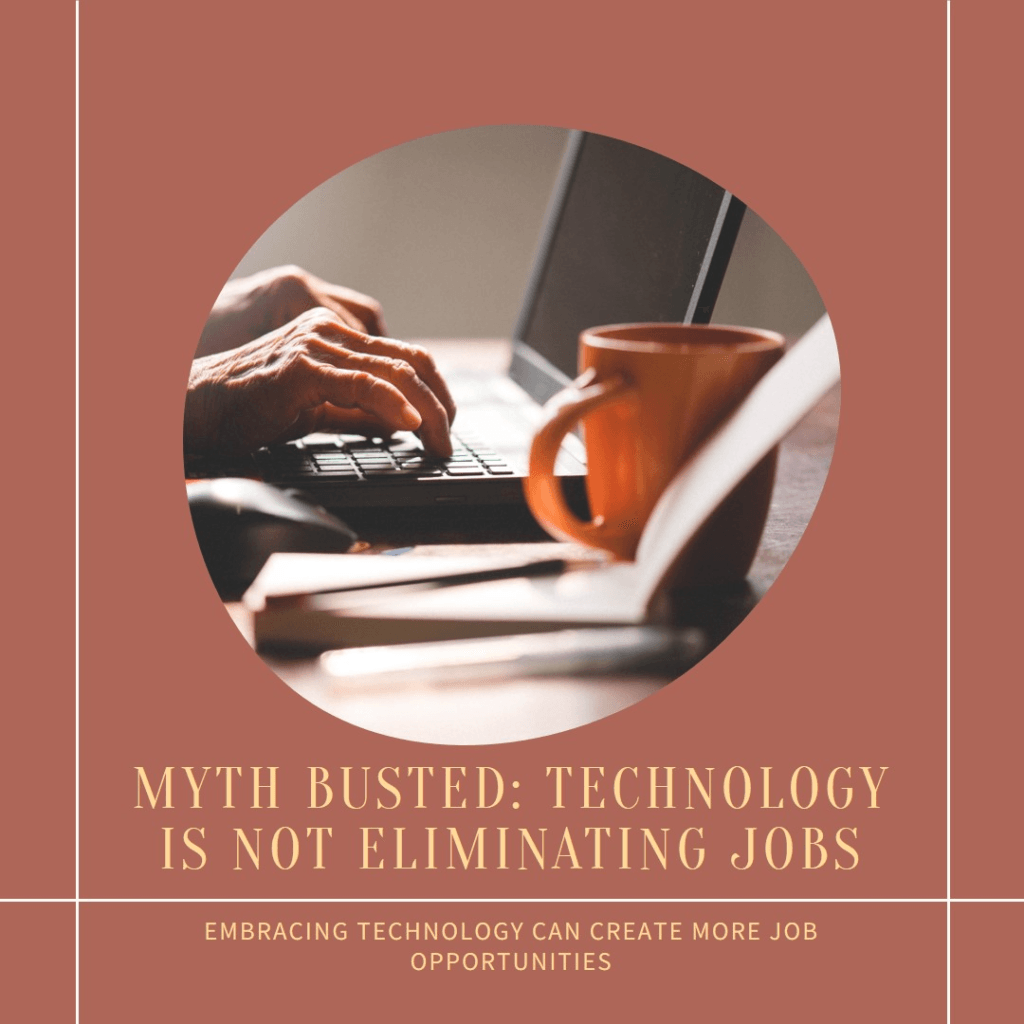
As technology continues to evolve, many people fear that automation, artificial intelligence (AI), and other technological advancements will lead to mass unemployment by replacing human workers. This fear has been amplified by reports of robots and machines taking over jobs that were once done by people.
The Reality:
While it’s true that technology has transformed many industries and eliminated certain types of jobs, it has also created new opportunities and roles that didn’t exist before. For example, the rise of digital technology has led to the creation of jobs in fields like software development, data analysis, and digital marketing. The key is adaptation: workers need to acquire new skills and knowledge to stay relevant in a changing job market. Technology is not eliminating jobs; it’s changing the nature of work, and those who are willing to learn and adapt can thrive in this new environment.
Myth 5: Antibiotics Can Cure Any Illness
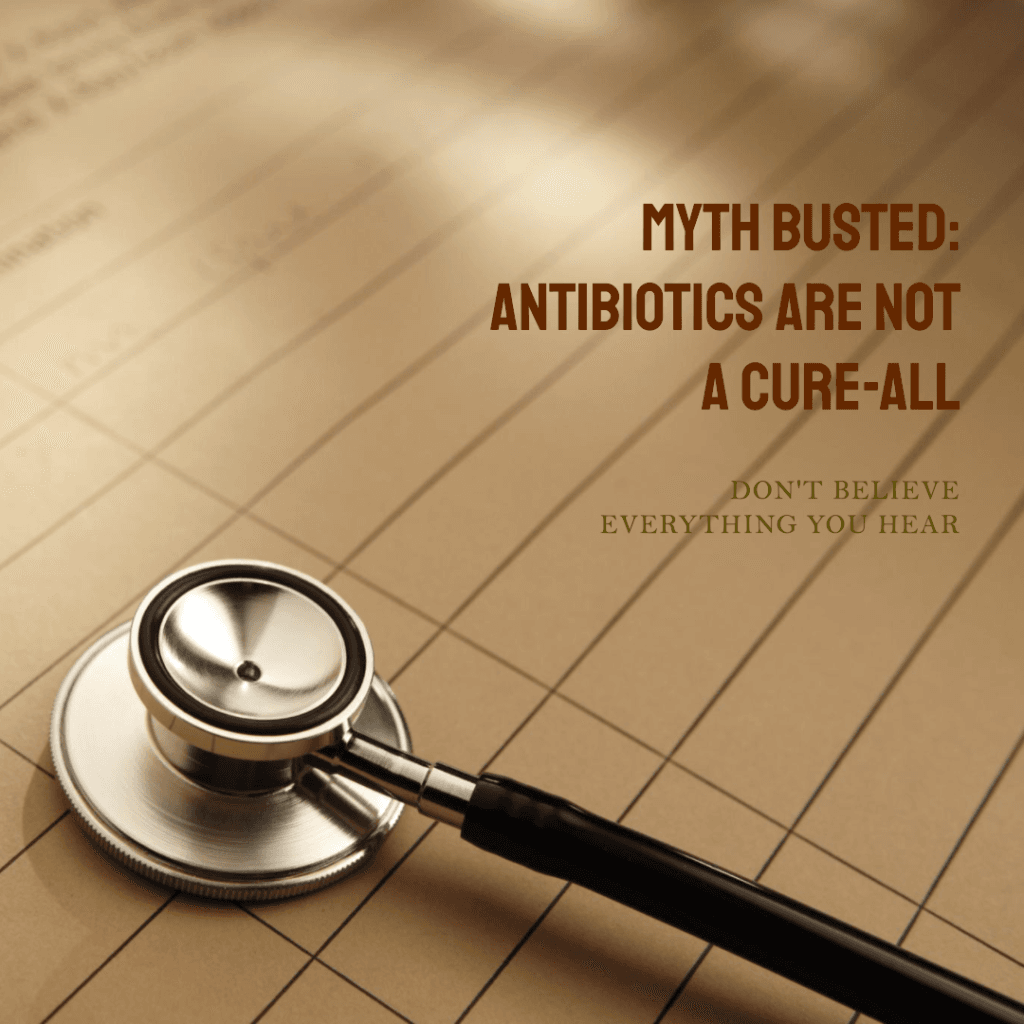
Many people believe that antibiotics are a cure-all for any illness, from the common cold to more serious infections. This misconception has led to the overuse and misuse of antibiotics, contributing to the growing problem of antibiotic resistance.
The Reality:
Antibiotics are powerful drugs, but they are only effective against bacterial infections. They do not work against viruses, such as those that cause the common cold, flu, or COVID-19. Misusing antibiotics, such as taking them for viral infections or not completing a prescribed course, can lead to antibiotic resistance, where bacteria evolve to become resistant to the drugs designed to kill them. This makes treating bacterial infections much more difficult. It’s important to use antibiotics responsibly and only when prescribed by a healthcare professional.
Conclusion
Science and technology are complex fields that often involve concepts that can be difficult to understand. This can lead to the spread of myths and misconceptions that, while often harmless, can sometimes have serious consequences. By understanding the facts and debunking these myths, we can make more informed decisions and foster a deeper appreciation for the incredible advancements that science and technology have brought to our lives. So, the next time you hear a claim about science or technology that seems too good (or too bad) to be true, take a moment to research and discover the truth.
#epicinfinite #epicarticle #epicblog
What are your thoughts? Share them in the comments below.






